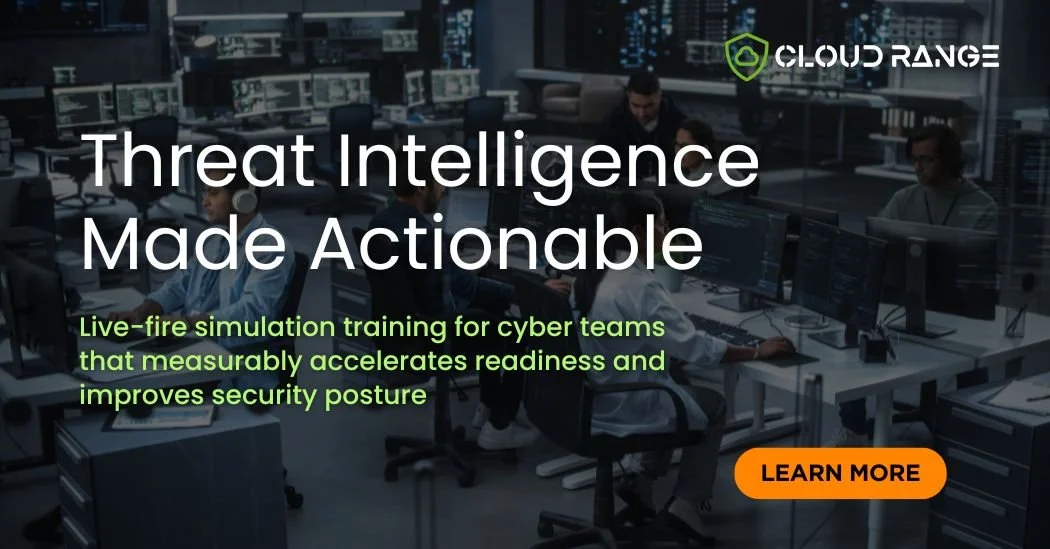Why Simulating Data Exfiltration Is Pivotal for Ransomware Defense
Why Simulating Data Exfiltration Is Pivotal for Ransomware Defense
The threat of stolen data being leaked or sold has made double extortion ransomware the norm. As a result, data loss prevention (DLP) tools, encryption-at-rest policies, and endpoint controls have been widely adopted as preventive measures.
But here’s the problem: those controls don’t train your team to respond. The reality is that tools can fail or be misconfigured, and alerts can be missed. And because most security programs still simulate ransomware in terms of recovery speed or malware detection, they rarely pressure-test their defenses against the full exfiltration lifecycle.
Threat actors often carry out slow drip exfiltration using living-off-the-land tools. The data theft part is often what causes the most reputational and legal damage in ransomware incidents. Here’s why simulating data exfiltration is pivotal for ransomware defense.
Ransomware Extortion Still Hurts Businesses
Despite increased awareness, tighter regulations, and a flood of security tools, double extortion remains a brutally effective tactic. Ransomware groups continue to breach organizations, encrypt data, and exfiltrate sensitive files, giving them two levers of coercion: pay to restore operations, or pay again to prevent public exposure, regulatory fallout, and reputational damage.
Gangs maintain dedicated leak sites, publish countdown clocks, and selectively release stolen data to prove they mean business. Others sell access to exfiltrated data on dark web marketplaces without ever deploying encryption, shifting toward pure-play data extortion. The names of the prominent actors change regularly, but extortion persists as a key tactic:
A July 2025 ransomware report highlighted how public extortion cases jumped by 70% based on data leak site analysis. Meanwhile, data exfiltration volumes increased by 92%.
A CISA advisory from July 2022 warned about Interlock, an emerging ransomware gang. Threat actors from Interlock use tools like Azure Storage Explorer and AzCopy to navigate and exfiltrate data from cloud storage accounts.
Familiar names like RansomHub, Akira, and CLOP remain prominent in ransomware leak site activities.
Backups won’t help if the threat is public exposure. And insurance doesn’t undo the damage of breached confidentiality agreements, leaked customer PII, or insider memos appearing on Telegram.
Organizations need to expand their ransomware readiness beyond backup validation. They need to understand how exfiltration unfolds, where it happens in their environment, and whether their people can spot and stop it before damage is done.
Why DLP Alone Won’t Stop Exfiltration
DLP tools are often positioned as a first line of defense against data exfiltration. Typically, they inspect outbound traffic for sensitive data, apply policies to block unauthorized transfers, and trigger alerts when users behave suspiciously. But in practice, most DLP deployments are narrow in scope, brittle under pressure, and blind to the techniques modern ransomware actors employ.
A major weakness lies in encrypted outbound traffic. Attackers who gain access to cloud or endpoint systems can exfiltrate data through SSL/TLS channels. This is the same encryption that secures your legitimate business traffic. Unless IT teams configure the DLP system with deep packet inspection and SSL interception (which brings its own privacy, complexity, and performance tradeoffs), it simply can’t see what’s being exfiltrated.
Then there are custom tools and command-line exfiltration methods. Tools like Rclone or the MEGA command-line interface can stage and extract data slowly over time, avoiding volume-based thresholds. They often mimic legitimate system processes, operate outside of managed applications, and transfer data in formats DLP tools aren't tuned to recognize. By the time an alert fires (if it fires at all) the damage is done.
Even more insidious is exfiltration through sanctioned channels, such as syncing stolen files to Google Drive or OneDrive via an attacker-controlled account, or using cloud-native APIs to move data between regions or services. These routes don’t break policy on the surface. They're business tools being used maliciously. Traditional DLP doesn’t have the context to distinguish between legitimate and rogue usage patterns in real time.
But perhaps the most overlooked limitation is that DLP doesn’t train people to respond. Tools can suppress alerts, misclassify events, or simply be ignored amid alert fatigue. And when an attacker is using stealthy, low-and-slow techniques to stage exfiltration days or weeks in advance of a ransomware detonation, it's human defenders who need to recognize the signs.
Simulating the Real Threat: Data Exfiltration in Action
Simulating data exfiltration validates whether detection pipelines can correlate behavioral signals across cloud, endpoint, and identity infrastructure. It checks whether analysts recognize the difference between normal user behavior and subtle adversary tradecraft. Live-fire labs, mapped to frameworks like MITRE ATT&CK, bring these threats to life. They allow defenders to internalize adversary behavior through experience.
Whether it's simulating exfiltration to cloud services (T1567.002), exfiltration via cloud sync clients, or misuse of legitimate administrative tools like WinSCP for exfiltration (T1048), controlled tests reveal how your team and tooling respond under pressure (and where the cracks really are).
Improving Ransomware Defense with Cloud Range
Extortion, based on exfiltration, remains a dependable playbook for ransomware adversaries. Tools like immutable backups and DLP platforms have their place. Backups can maintain operational integrity but they don’t avoid reputational damage. DLP tools offer a shield against some exfiltration tactics, but crafty actors cloak stolen data inside sanctioned tools or encrypted traffic.
Cloud Range’s cyber range-as-a-service platform delivers live-fire, team-based simulations that mirror real-world attacks, including multi-stage exfiltration and double extortion scenarios. Mapped to frameworks like MITRE ATT&CK, NIST/NICE, and the DoD Cyber Workforce Framework, Cloud Range’s exercises ensure defenders cultivate deep experience in combating ransomware exfiltration tactics.


